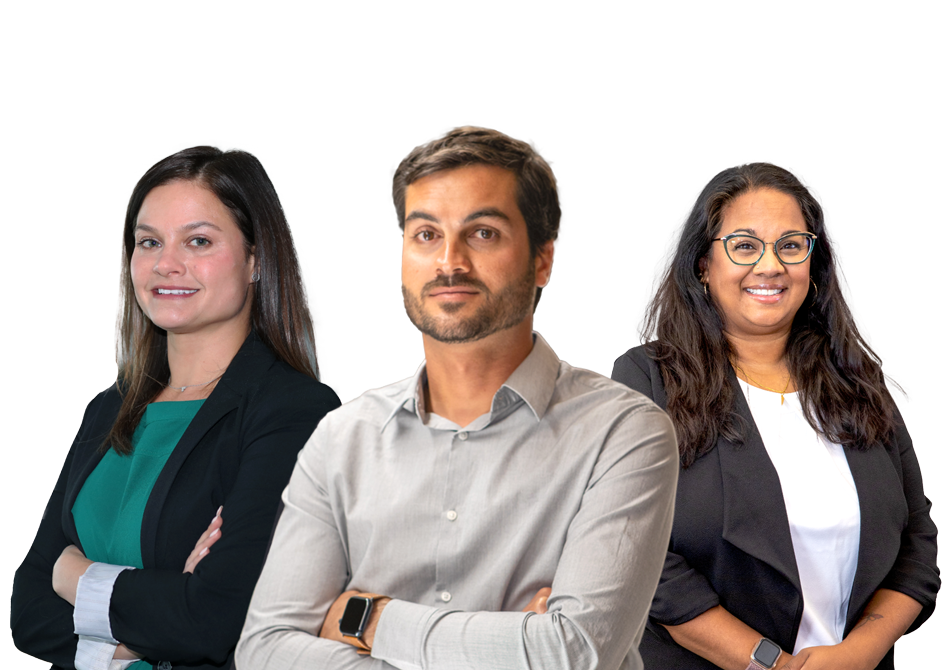Maya Payne
She’s battling America’s overdose crisis, one community at a time.
Haider Khan
He’s using cloud technology to help make energy more affordable for all.
Karen Ketchum
She's using big data to help fight cancer.
Omar Lopez
He's using drones to rebuild communities.
Vera Persephone Honey
She's improving how the government runs.
Rachel Alexander
She's using AI to improve health outcomes.
